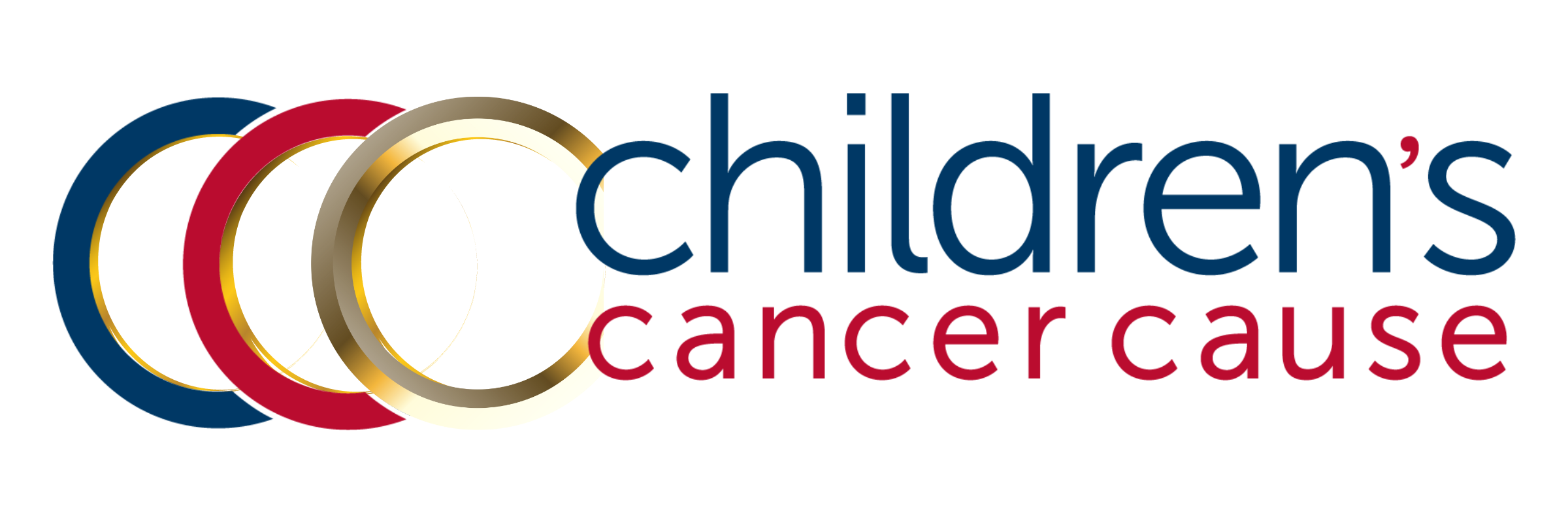Guest Blog Post: The loneliness of cancer treatment
Cierra Morgan is a cancer survivor and a University of Southern California senior studying journalism and health and human sciences. This is her final guest blog post, concluding a series of interviews with others who've been impacted by childhood cancer to share more stories and perspectives.
“I plan to pursue journalism and a law career. But for now, I love what the average 21-year-old girl loves: shopping, traveling, and having a good time with my friends. I also had childhood cancer myself, which is why working with Children’s Cancer Cause is even more special to me.”
As part of my guest blog series for Children’s Cancer Cause, I’ve been interviewing other people impacted by childhood cancer to elevate their stories. Something that struck me is how unique the cancer journey is for every individual, even when their diagnosis is the same. I spoke with two survivors of acute myeloid leukemia (AML) who were both diagnosed as teenagers. They are both incredibly resilient and battled through a lot of isolation during treatment - but in very different ways and with very different support systems.
The first AML survivor I spoke with - who asked to remain anonymous - told me about her challenging and lengthy inpatient treatment. She was diagnosed with cancer, taken to the oncology floor, started treatment… and didn’t leave for nearly a year. Her treatment completely wiped her immune system so she had to stay in a contained environment to ensure a safe count recovery after every round of chemo.
Adding to the teenager’s isolation? She was diagnosed during the Covid pandemic. Hospital socials - where patients can meet for cookies and art therapy, for instance - were off the table. She was limited to two visitors during each 8-10 week cycle of chemo.
“My best friends and I would Facetime all the time and play GamePigeon and just text and I was always in communication with them,” she told me. “But I also lost a lot of friends too, who just never reached out when I left school or who reached out once at the beginning and then didn't again.”
After eleven months of grueling treatment, she received a bone marrow treatment and entered remission. Today she’s an advocate for the importance of being a good friend to peers diagnosed with cancer.
“I feel like that sounds so obvious, but when someone gets diagnosed with cancer, a lot of people don’t know what to do or say because they’re uncomfortable — so they don’t say anything at all, which sucks because it’s important for emotional support,” she said.
Then there’s Javin, a 19-year-old still in active treatment — and doing it mostly on her own. She faces a different kind of isolation: she’s from Jamaica but had to come to America for treatment, leaving her whole life behind. She was diagnosed with AML at age 16 while in the United States on a visit. She had to stay here for treatment under a legal guardianship as a minor and now on a medical treatment visa.
Javin is planning to attend community college to study nursing, but she’s been forced to delay the start of college: In the spring of 2024, Javin relapsed. Now she travels weekly from Tampa to Orlando for chemo treatments.
Her early treatment days were grueling. High-dose chemotherapy left Javin with side effects she didn’t even know could be caused by cancer treatment.
“During my last high-dose chemo treatment, I had a skin biopsy, which led to me bleeding out for hours and having a seizure,” she remembers. “Honestly, that was the scariest part because when you think cancer, you think chemo and radiation, but no one really talks about the side effects that come with it.”
One of the things people tend to overlook with childhood cancer is the toll that the unknown number of side effects can have on children diagnosed. For Javin, those treatments affected her more than the cancer treatment itself. Right now, Javin is undergoing an eight-month low-dose chemotherapy plan that is easier on her body, but the challenges haven’t disappeared. Each trip to Orlando for treatment means hours on the road and financial strain.
“The hardest part of this is the financial strain,” Javin explains. “Not only the medical part but also getting groceries, getting gas or Ubers, and that type of stuff.”
This part of cancer treatment goes overlooked. It’s not just fighting the physical cancer but dealing with everyday life struggles amplified while doing it. For Javin, the emotional weight of being far from home adds another layer of hardship.
“I have been here for almost three years, and every day, I want to go back home,” she says. “But I can’t because I don’t want to jeopardize my treatment.”
Her grandmother and a group of dedicated social workers are her support system, but some days, the distance feels unbearable.
“It’s a lot of nights where I just want my mom,” she admits. “I’m 19, but there are nights I still want my mom.”
Despite everything, inspired by the care she’s received and her desire to help others facing similar struggles, she wants to become a nurse. But that dream feels just out of reach, tangled in financial worries and legal uncertainties.
“I just really want to start college to start my nursing career,” she says. “I’m hoping to get the normal American college experience where you have friends and dorms and all that.”
Along with her professional goals what Javin wants most is awareness. She wants people to know that behind every childhood cancer diagnosis, there’s a story like hers—a story of resilience, sacrifice, and hope.


